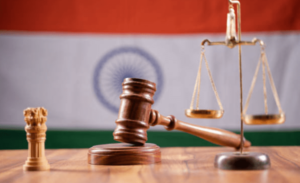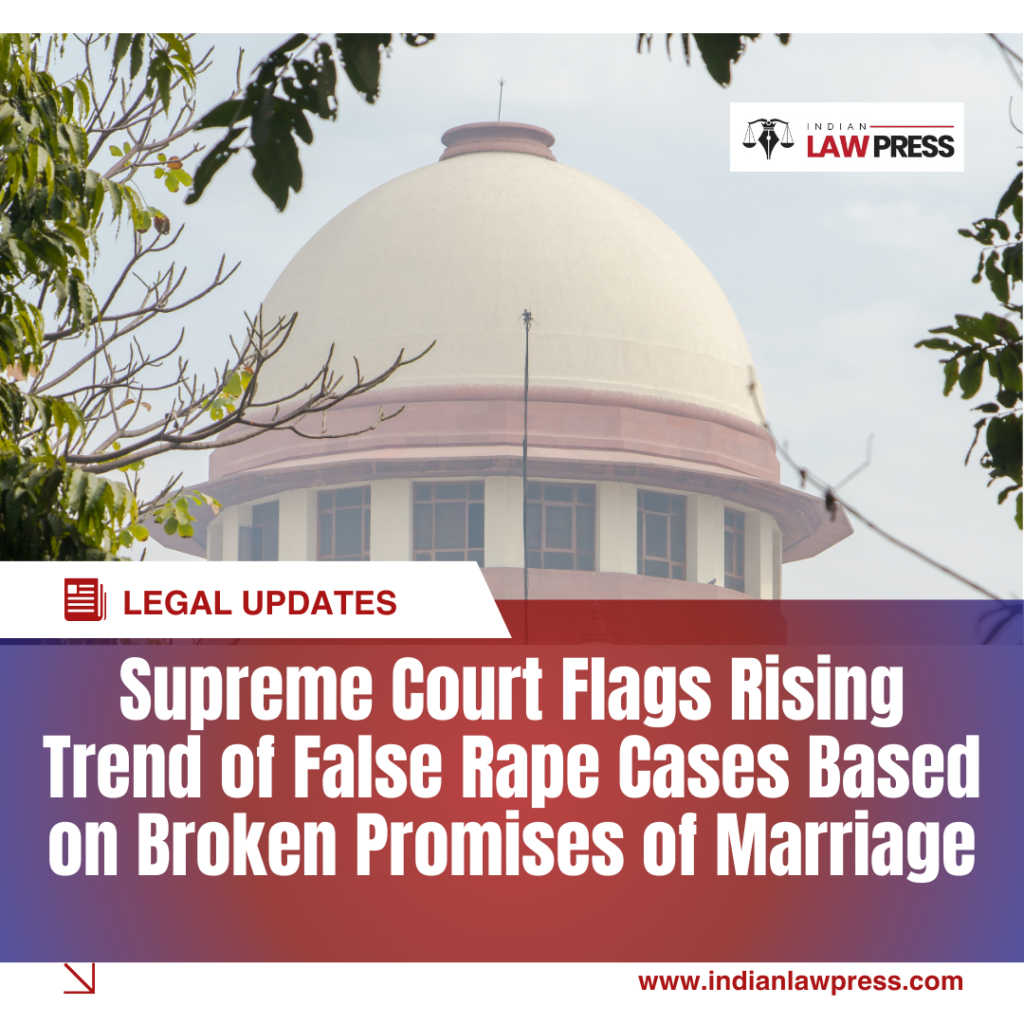 District-Judge-Appointments
District-Judge-Appointments
Introduction
India’s district judiciary, the backbone of the justice delivery system, is facing a serious challenge — nearly 5,000 posts remain vacant out of a total of 25,870 sanctioned positions. The Supreme Court, led by a five-judge Constitution Bench, is currently deliberating on a significant constitutional question: Who is eligible to be appointed as a district judge under the bar quota?
This issue has far-reaching implications for judicial officers, advocates, and the efficiency of the lower judiciary system.
Background: Understanding Article 233
Article 233 of the Indian Constitution governs the appointment, posting, and promotion of district judges. It provides that:
- Appointments of district judges are made by the Governor of a state, in consultation with the High Court of that state.
- Eligibility requires that a person (not already in government service) must have at least seven years of practice as an advocate or pleader and must be recommended by the High Court.
The debate arises when considering judicial officers who were earlier practicing advocates — should their prior bar experience be counted towards the seven-year eligibility requirement for district judge appointments?
The Supreme Court’s Hearing: Key Highlights
A five-judge Constitution Bench comprising Chief Justice B.R. Gavai and Justices M.M. Sundresh, Aravind Kumar, S.C. Sharma, and K. Vinod Chandran heard arguments on this issue for the second consecutive day.
Key Submissions by Senior Advocates
- Vacancy Data: Senior advocate Menaka Guruswamy cited Ministry of Law and Justice data, highlighting 4,789 vacancies in the subordinate judiciary and urged that experience at the bar and on the bench should be treated equivalently.
- Integrated Judiciary Concept: Guruswamy argued that bar and bench are part of the same judicial stream and excluding bar experience would go against the framers’ vision of an “integrated judiciary.”
Bench’s Observations
- The bench debated whether Article 233 is declaratory or acts as the actual source of appointment.
- Justice Sundresh noted that Article 233(1) deals with appointments and promotions, while Article 233(2) specifically lays down the eligibility criteria for advocates.
- Justice Sharma expressed concerns about maintaining a level playing field so that in-service officers do not gain undue advantage over advocates.
The Core Questions Before the Bench
The Supreme Court is considering four key constitutional questions:
- Can judicial officers who have completed seven years at the bar before joining service be considered for district judge posts under the bar quota?
- Should eligibility for district judge appointments be assessed at the time of application, appointment, or both?
- Does Article 233(2) create separate eligibility criteria for candidates already serving in judicial service?
- Can the combined period of bar practice and judicial service be counted to meet the seven-year requirement?
Why This Case Matters
The outcome of this case will have a direct impact on:
- Judicial Career Progression – Thousands of judicial officers aspire to move up as district judges, but their eligibility depends on this interpretation.
- Judicial Vacancies – With nearly 20% of district judiciary posts lying vacant, a broader interpretation could help fill posts faster and strengthen justice delivery.
- Advocate Participation – It could encourage more advocates to join judicial service if their prior practice is recognized.
Expected Outcome
The bench is likely to reserve its judgment after hearing all 30 connected petitions. A progressive interpretation could help address the issue of stagnation in the judiciary, improve morale among judicial officers, and speed up recruitment for vacant district judge posts.
Conclusion
This ongoing Supreme Court hearing is a crucial moment for India’s judiciary. By clarifying the interpretation of Article 233, the Court may shape the future of district judge appointments, ensure fair opportunity for both advocates and judicial officers, and strengthen the efficiency of the lower courts — which handle over 80% of India’s pending cases.
Supreme Court Says No: Judicial Service Experience Won’t Count as Law Practice





